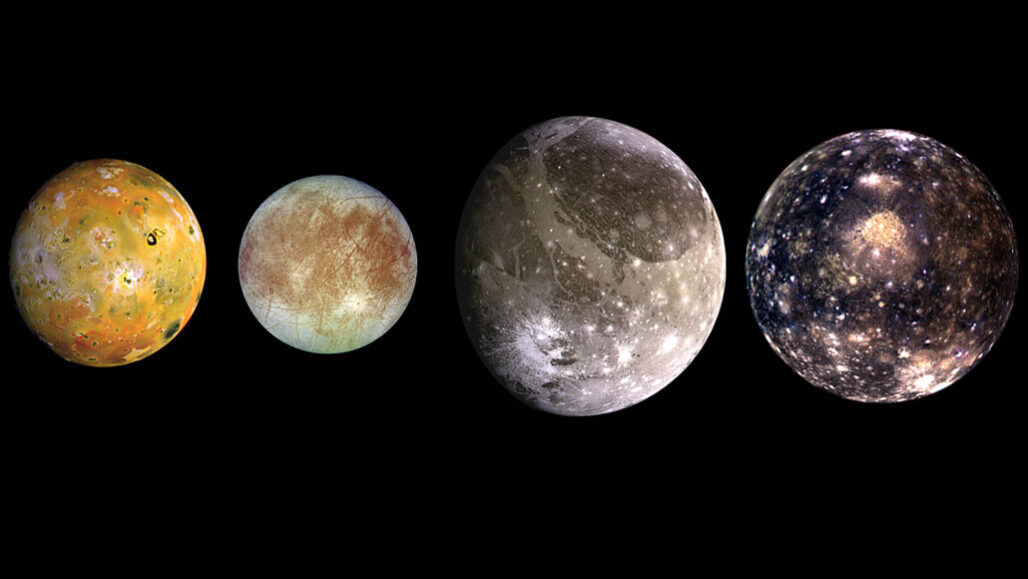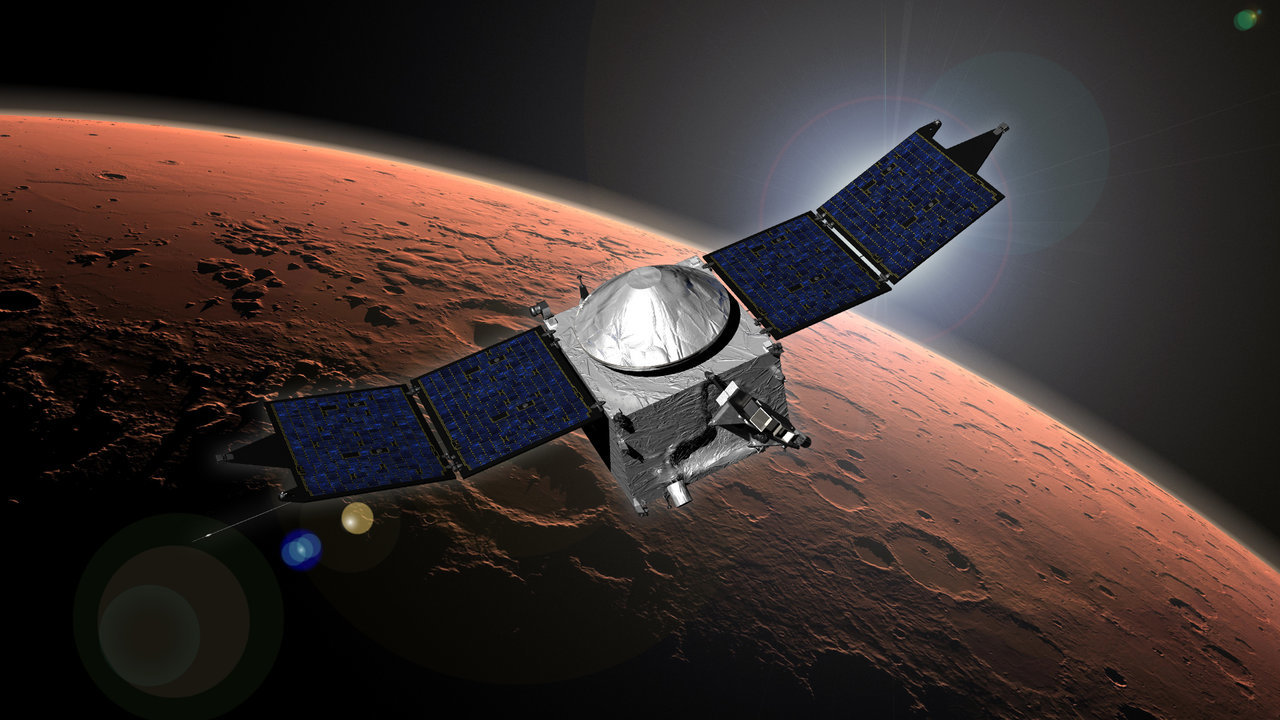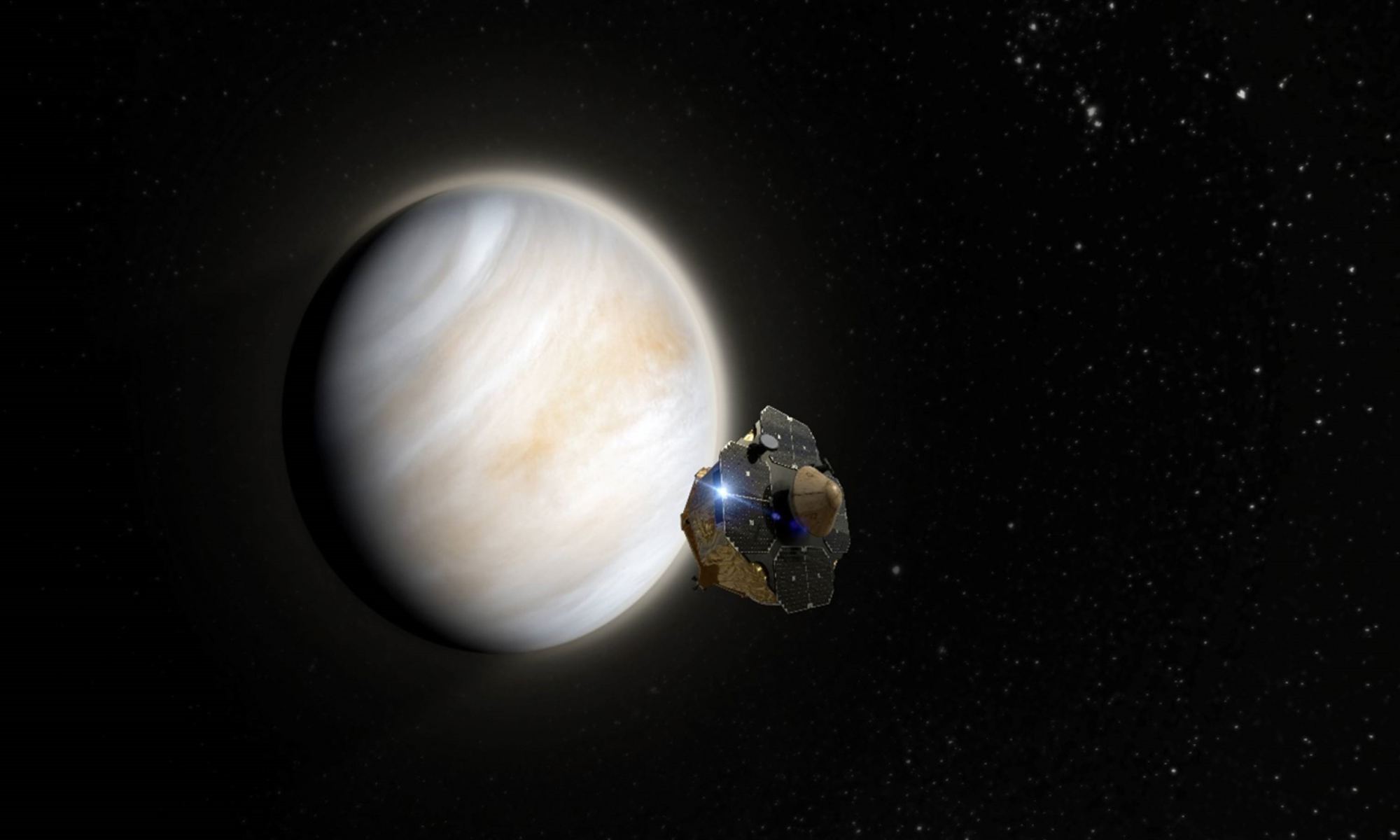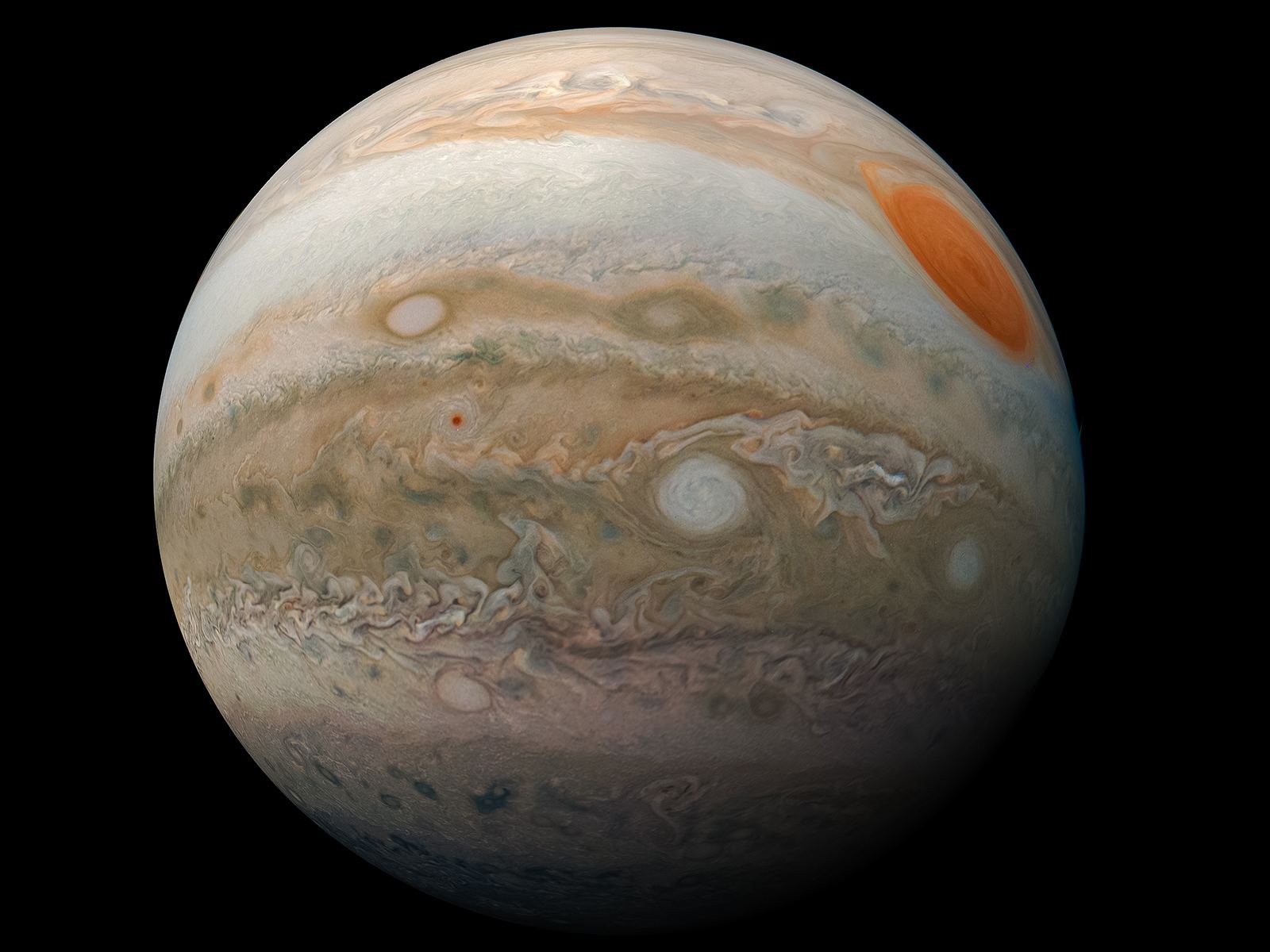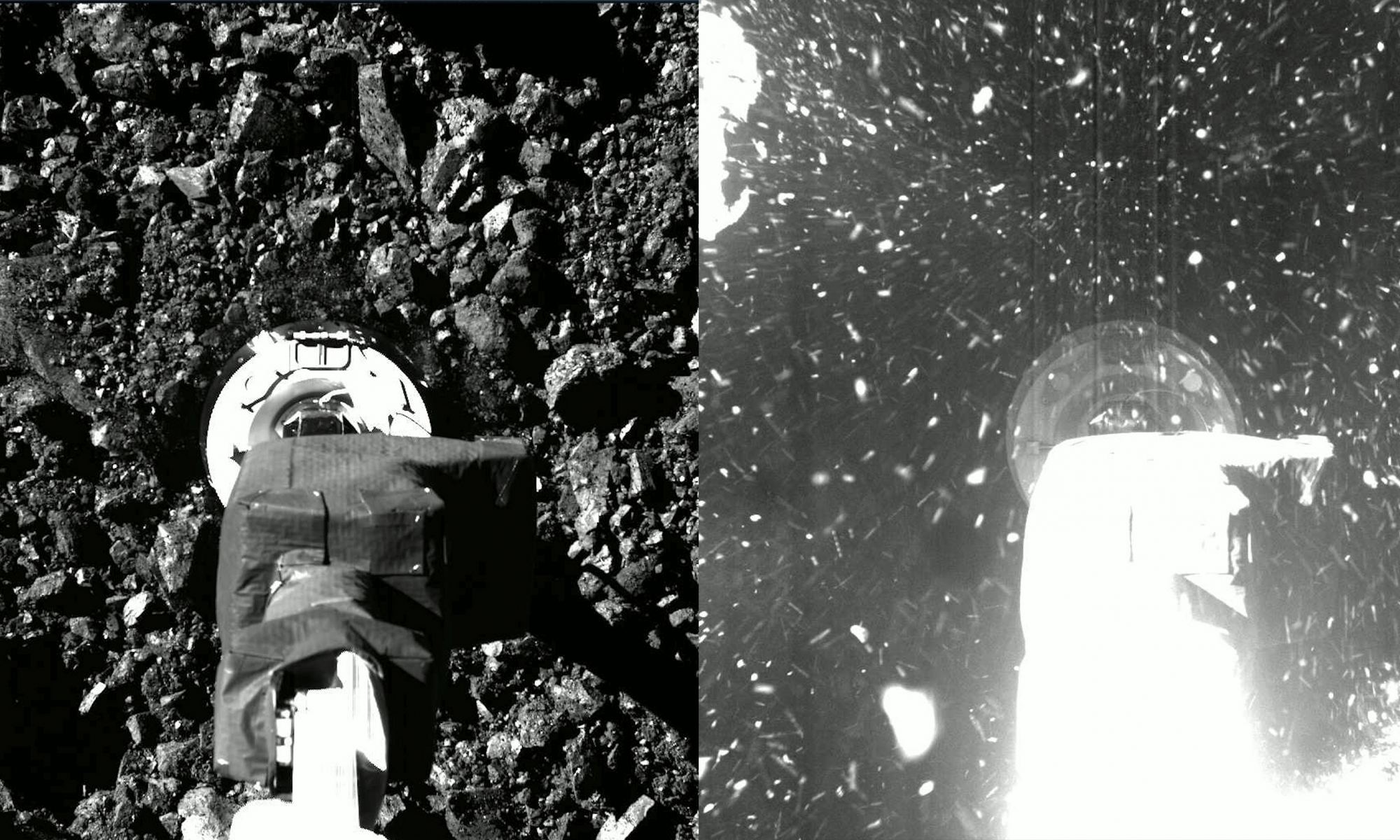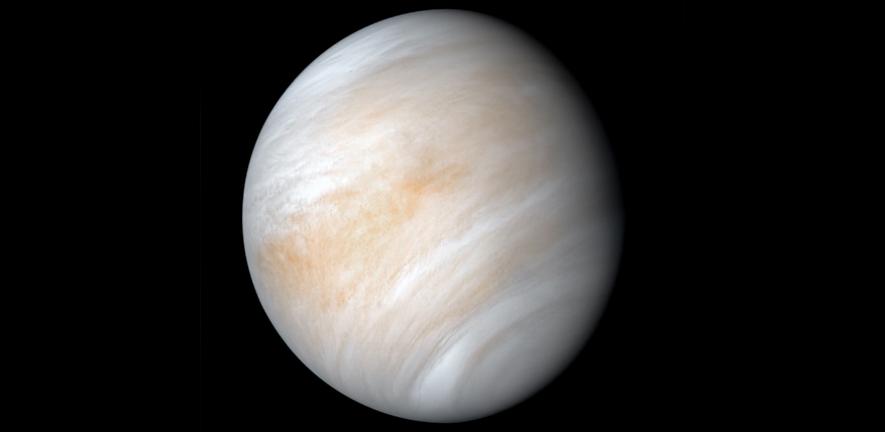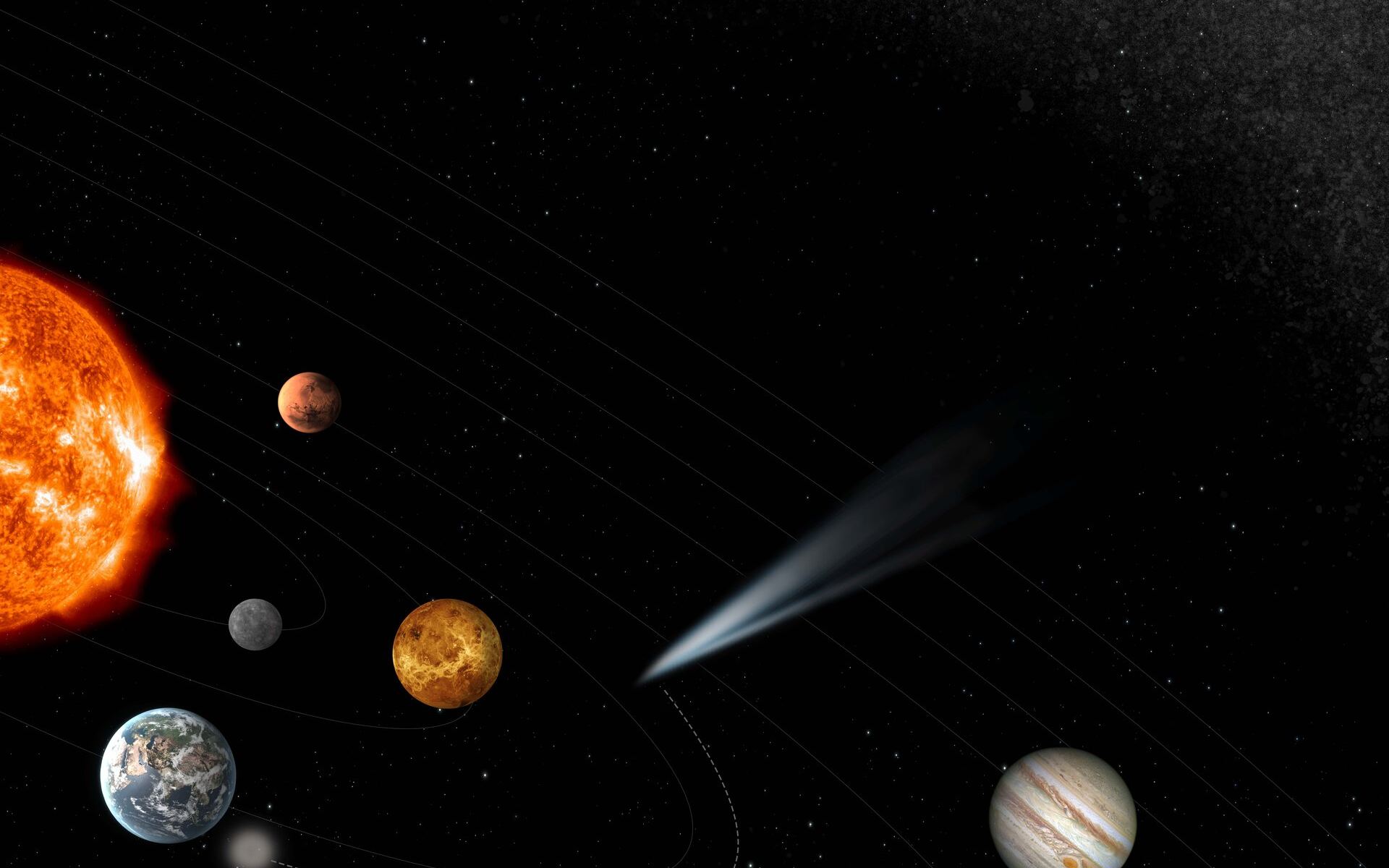The moons of our Solar System have garnered quite a lot of attention in the last few years, especially pertaining to astrobiology and the search for life beyond Earth. From the Galilean moons of Jupiter to the geysers of Enceladus to the methane lakes on Titan, these small worlds continue to humble us with both their awe and mystery. But do the very same scientists who study these mysterious and intriguing worlds have their own favorite moons? As it turns out, seven such planetary geologists were kind enough to share their favorite Solar System moons with Universe Today!
Continue reading “The Favorite Solar System Moons of Planetary Geologists; An In-Depth Discussion”Scientists Investigate Potential Regolith Origin on Uranus’ Moon, Miranda
In a recent study published in The Planetary Science Journal, a pair of researchers led by The Carl Sagan Center at the SETI Institute in California investigated the potential origin for the thick regolith deposits on Uranus’ moon, Miranda. The purpose of this study was to determine Miranda’s internal structure, most notably its interior heat, which could help determine if Miranda harbors—or ever harbored—an internal ocean.
Continue reading “Scientists Investigate Potential Regolith Origin on Uranus’ Moon, Miranda”NASA’s MAVEN Witnessed Auroras as Multiple Solar Storms Crashed into Mars
After orbiting Mars for eight long years, NASA’s Mars Atmosphere and Volatile EvolutioN (MAVEN) spacecraft observed an extraordinary duo of auroras around the Red Planet that resulted from solar storms emanating from the Sun only a few days earlier on August 27. This observation is extraordinary since Mars lacks a global magnetic field so the solar flares must have been very powerful for MAVEN to detect them.
Continue reading “NASA’s MAVEN Witnessed Auroras as Multiple Solar Storms Crashed into Mars”Rocket Lab is Sending its own Mission to Venus to Search for Life
In a recent study published in Instrumentation and Methods for Astrophysics, the private space company, Rocket Lab, outlines a plan to send their high-energy Photon spacecraft to Venus in May 2023 with the primary goal of searching for life within the Venusian atmosphere. The planet Venus has become a recent hot topic in the field of astrobiology, which makes the high-energy Photon mission that much more exciting.
Rocket Lab hopes to build off their recent successful launch of the CAPSTONE mission using its Photon satellite bus, and consists of a CubeSat designed to study the near rectilinear halo orbit (NRHO) around the Moon and its applications for long-term missions such as Gateway.
Continue reading “Rocket Lab is Sending its own Mission to Venus to Search for Life”Jupiter Missions Could Also Help Search for Dark Matter
In a recent study published in the Journal of High Energy Physics, two researchers from Brown University demonstrated how data from past missions to Jupiter can help scientists examine dark matter, one of the most mysterious phenomena in the universe. The reason past Jupiter missions were chosen is due to the extensive amount of data gathered about the largest planet in the solar system, most notably from the Galileo and Juno orbiters. The elusive nature and composition of dark matter continues to elude scientists, both figuratively and literally, because it does not emit any light. So why do scientists continue to study this mysterious—and completely invisible—phenomena?
Continue reading “Jupiter Missions Could Also Help Search for Dark Matter”OSIRIS-REx Would Have Sunk Deep into Asteroid Bennu if it Tried to Land
A pair of studies published in Science and Science Advances have helped identify that NASA’s OSIRIS-REx (Origins, Spectral Interpretation, Resource Identification, Security-Regolith Explorer) spacecraft would have sunk into the asteroid Bennu had the spacecraft not fired its thrusters immediately after collecting samples from the surface of the small planetary body in October 2020. The respective studies examined the loosely packed exterior of Bennu, comparing its surface to stepping into a pit of plastic balls that people of all ages enjoy. The paper in Science was led by Dr. David Lauretta, Principal Investigator of OSIRIS-REx and a Regents Professor at the University of Arizona, and the paper in Science Advances was led by Dr. David Walsh, a member of the OSIRIS-REx team from the Southwest Research Institute in Boulder, Colorado.
Continue reading “OSIRIS-REx Would Have Sunk Deep into Asteroid Bennu if it Tried to Land”High Altitude Life Can’t Explain the Trace Gases in Venus’ Atmosphere
The planet Venus is one of the most inexplainable and mysterious planetary objects in our solar system as its surface is beyond inhospitable for us fragile humans with temperatures at a searing 475 degrees Celsius (900 degrees Fahrenheit) and surface pressures more than 90 times that of Earth. However, its atmosphere is quite a different story as its temperature varies considerably ranging from -143 degrees Celsius (-226 degrees Fahrenheit) at night to 37 degrees Celsius (98 degrees Fahrenheit) in the daytime, and varies based on altitude, as well.
Continue reading “High Altitude Life Can’t Explain the Trace Gases in Venus’ Atmosphere”ESA Gives Green Light on its Comet Interceptor Mission
Comets, with their long, beautiful, bright tails of ice, are some of the most spectacular sightings in the night sky. This was most apparent when Comet NEOWISE passed by Earth in the summer of 2020, dazzling viewers from all over the planet while being mainly visible in the northern hemisphere. Even though the sky might look the same night after night, comets are a humble reminder that the universe is a very active and beautiful place.
Continue reading “ESA Gives Green Light on its Comet Interceptor Mission”Titan’s Atmosphere Has All the Ingredients For Life. But Not Life as We Know It
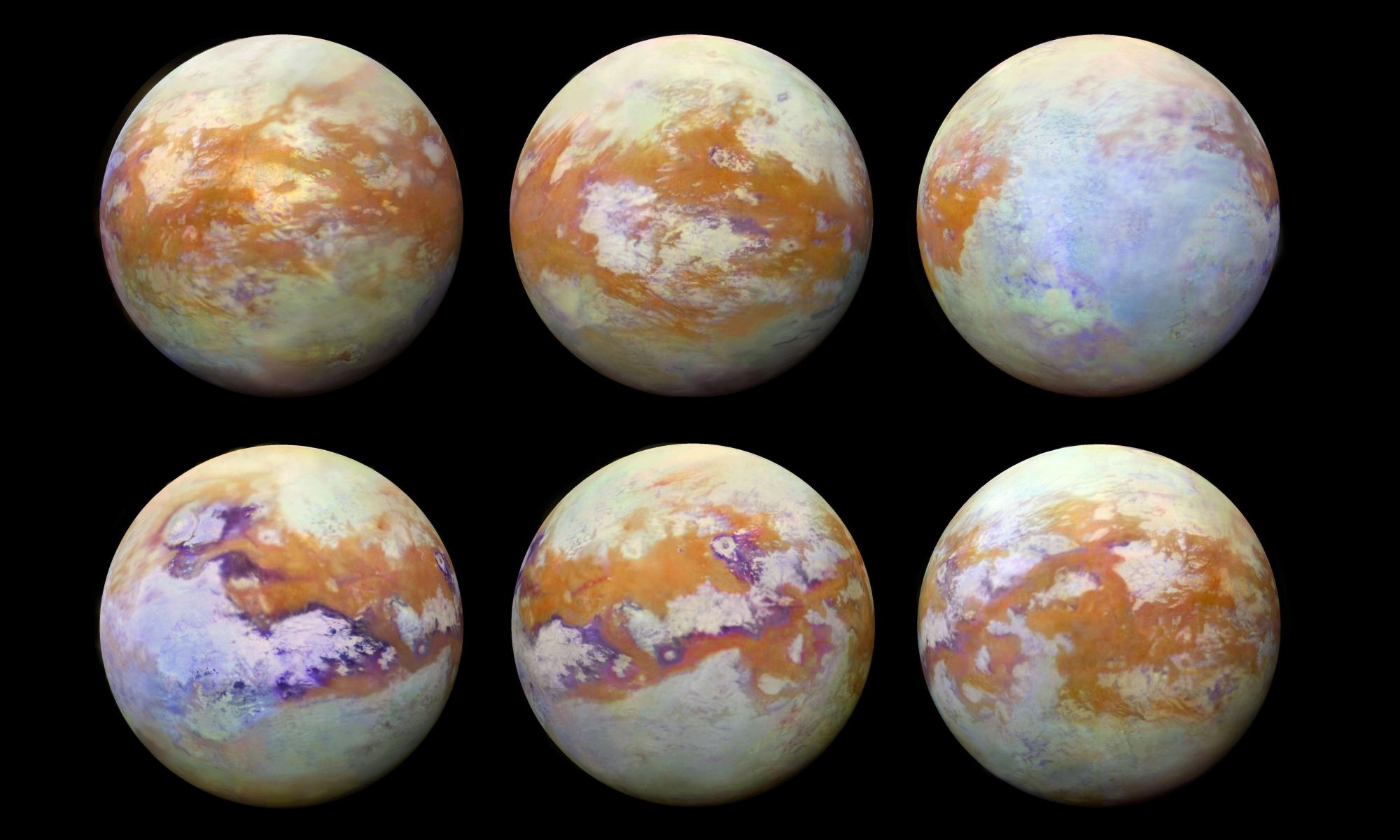
Using the Atacama Large Millimeter/submillimeter Array (ALMA), a team of scientists has identified a mysterious molecule in Titan’s atmosphere. It’s called cyclopropenylidene (C3H2), a simple carbon-based compound that has never been seen in an atmosphere before. According to the team’s study published in The Astronomical Journal, this molecule could be a precursor to more complex compounds that could indicate possible life on Titan.
Similarly, Dr. Catherine Neish of the University of Western Ontario’s Institute for Earth and Space Exploration (Western Space) and her colleagues in the European Space Agency (ESA) found that Titan has other chemicals that could be the ingredients for exotic life forms. In their study, which appeared in Astronomy & Astrophysics, they present Cassini mission data that revealed the composition of impact craters on Titan’s surface.
Continue reading “Titan’s Atmosphere Has All the Ingredients For Life. But Not Life as We Know It”NASA Voyager Probes Still Going Strong After 40 Years

Forty years ago, the Voyager 1 and 2 missions began their journey from Earth to become the farthest-reaching missions in history. In the course of their missions, the two probes spent the next two decades sailing past the gas giants of Jupiter and Saturn. And while Voyager 1 then ventured into the outer Solar System, Voyager 2 swung by Uranus and Neptune, becoming the first and only probe in history to explore these worlds.
This summer, the probes will be marking the fortieth anniversary of their launch – on September 5th and August 20th, respectively. Despite having traveled for so long and reaching such considerable distances from Earth, the probes are still in contact with NASA and sending back valuable data. So in addition to being the most distant missions from Earth, they are the longest-running mission in history.
In addition to their distance and longevity, the Voyager spacecraft have also set numerous other records for robotic space missions. For example, in 2012, the Voyager 1 probe became the first and only spacecraft to have entered interstellar space. Voyage 2, meanwhile, is the only probe that has explored all four of the Solar System’s gas/ice giants – Jupiter, Saturn, Uranus and Neptune.
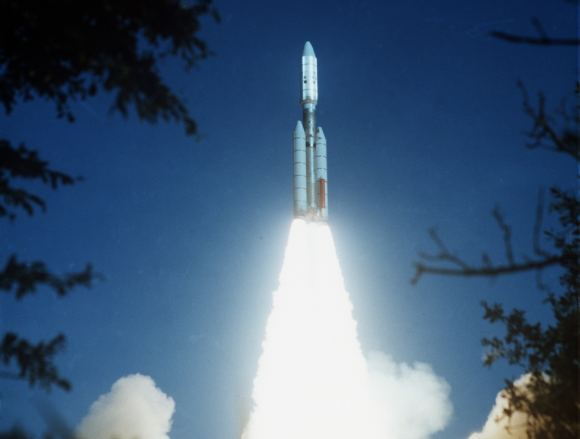
Their discoveries also include the first active volcanoes beyond Earth – on Jupiter’s moon Io – the first evidence of a possible subsurface ocean on Europa, the dense atmosphere around Titan (the only body beyond Earth with a dense, nitrogen-rich atmosphere), the craggy surface of Uranus’ “Frankenstein Moon” Miranda, and the ice plume geysers of Neptune’s largest moon, Triton.
These accomplishments have had immeasurable benefits for planetary science, astronomy and space exploration. They’ve also paved the way for future missions, such as the Galileo and Juno probes, the Cassini-Huygens mission, and the New Horizons spacecraft. As Thomas Zurbuchen, the associate administrator for NASA’s Science Mission Directorate (SMD), said in a recent press statement:
“I believe that few missions can ever match the achievements of the Voyager spacecraft during their four decades of exploration. They have educated us to the unknown wonders of the universe and truly inspired humanity to continue to explore our solar system and beyond.”
But what is perhaps most memorable about the Voyager missions is the special cargo they carry. Each spacecraft carries what is known as the Golden Record, a collection of sounds, pictures and messages that tell of Earth, human history and culture. These records were intended to serve as a sort of time capsule and/or message to any civilizations that retrieved them, should they ever be recovered.
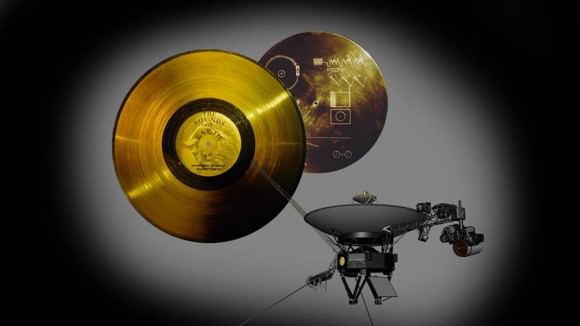
As noted, both ships are still in contact with NASA and sending back mission data. The Voyager 1 probe, as of the writing of this article, is about 20.9 billion km (13 billion mi; 140 AU) from Earth. As it travels northward out of the plane of the planets and into interstellar space, the probe continues to send back information about cosmic rays – which are about four times as abundant in interstellar space than around Earth.
From this, researchers have learned that the heliosphere – the region that contains the Solar System’s planets and solar wind – acts as a sort of radiation shield. Much in the say that Earth’s magnetic field protects us from solar wind (which would otherwise strip away our atmosphere), the heliopause protects the Solar planets from atomic nuclei that travel at close to the speed of light.
Voyager 2, meanwhile, is currently about 17.7 billion km (11 billion mi; 114.3 AU) from Earth. It is traveling south out of the plane of the planets, and is expected to enter interstellar space in a few years. And much like Voyager 1, it is also studying how the heliosphere interacts with the surroundings interstellar medium, using a suite of instruments that measure charged particles, magnetic fields, radio waves and solar wind plasma.
Once Voyager 2 crosses into interstellar space, both probes will be able to sample the medium from two different locations simultaneously. This is expected to tell us much about the magnetic environment that encapsulates our system, and will perhaps teach us more about the history and formation of the Solar System. On top of that, it will let us know what kinds of hazards a possible interstellar mission will have to contend with.
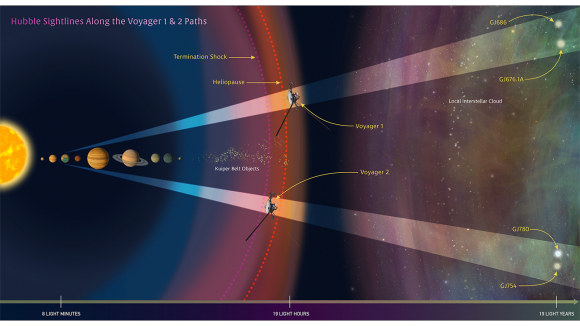
The fact that the two probes are still active after all this time is nothing short of amazing. As Edward Stone – the David Morrisroe Professor of Physics at Caltech, the former VP and Director of NASA’s Jet Propulsion Laboratory, and the Voyager project scientist – said:
“None of us knew, when we launched 40 years ago, that anything would still be working, and continuing on this pioneering journey. The most exciting thing they find in the next five years is likely to be something that we didn’t know was out there to be discovered.”
Keeping the probes going has also been a challenge since the amount of power they generate decreases at a rate of about four watts per year. This has required that engineers learn how to operate the twin spacecraft with ever-decreasing amounts of power, which has forced them to consult documents that are decades old in order to understand the probes’ software and command functions.
Luckily, it has also given former NASA engineers who worked on the Voyager probes the opportunity to offer their experience and expertise. At present, the team that is operating the spacecraft estimate that the probes will run out of power by 2030. However, they will continue to drift along their trajectories long after they do so, traveling at a speed of 48,280 km per hour (30,000 mph) and covering a single AU every 126 days.
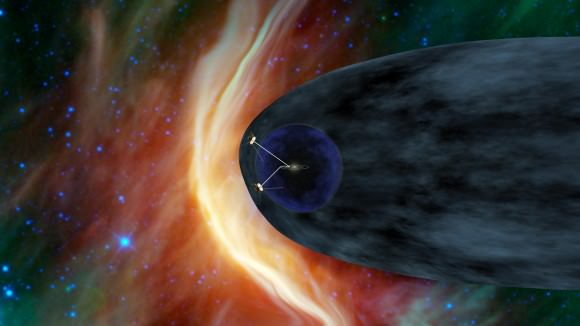
At this rate, they will be within spitting distance of the nearest star in about 40,000 years, and will have completed an orbit of the Milky Way within 225 million years. So its entirely possible that someday, the Golden Records will find their way to a species capable of understanding what they represent. Then again, they might find their way back to Earth someday, informing our distant, distant relatives about life in the 20th century.
And if the craft avoid any catastrophic collisions and can survive in the interstellar medium of space, it is likely that they will continue to be emissaries for humanity long after humanity is dead. It’s good to leave something behind!
Further Reading: NASA

